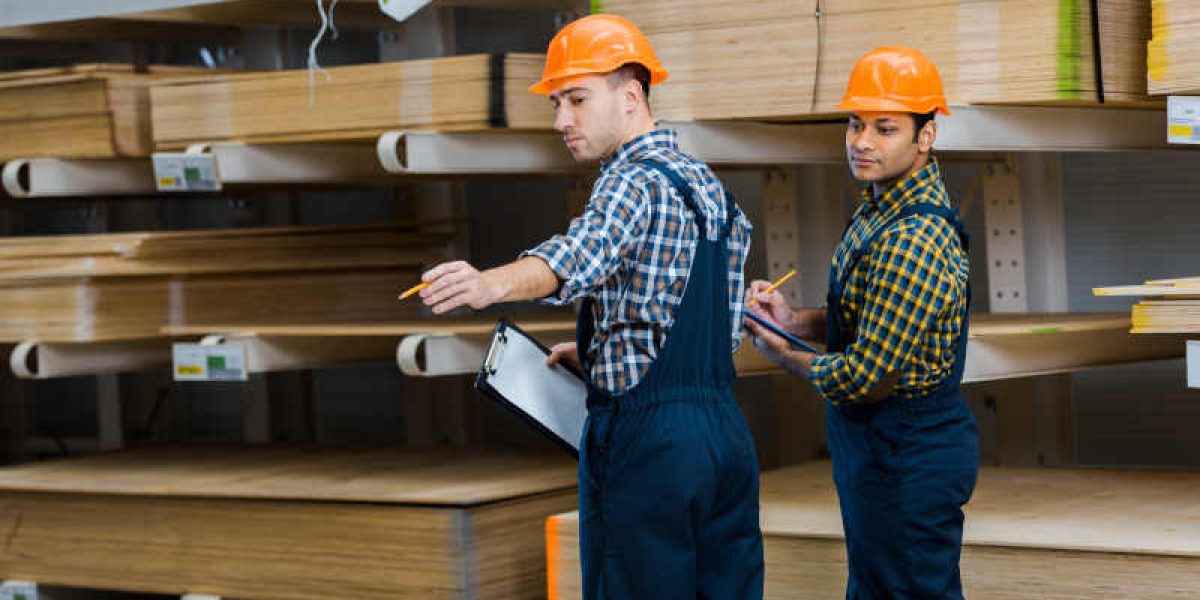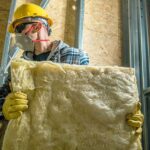Green building ideas and designs are officially becoming more popular. They’re not the only sector to do this either. Sustainability is becoming more than just a trendy concept; it’s a profitable method to do business. The advantages are notably evident in the construction and building materials sectors.
Not persuaded? Here are some of the main advantages of using sustainable building materials.
Resource and Energy Efficiency
Sustainable building materials are a way to improve resource and energy efficiency first and foremost. As a building company, we are well aware of the enormous amount of resources required to construct just one structure. Many of those resources are lost if you are not building responsibly.
You may save and reuse resources by using eco-friendly building practices and eco-friendly building materials. You can go in a lot of different directions with this.
Consider the sourcing of the building materials, for instance. Because local resources have much lower transportation costs, they are more environmentally friendly (and economical). Additionally, you can make more use of your waste products. You can reuse those resources on another project rather than wasting away the money you paid for them.
Efficiency and Cost
Despite having a bad image for being pricey, sustainability is really more cost-effective when it comes to building materials. Imagine you place an order for a specified quantity of supplies. And suppose some of them aren’t actually utilized in the project. Using such resources in a new project instead of tossing them out and buying new ones saves money, right?
If you create a building responsibly, you’re also using fewer resources. Sustainable construction techniques can save water and energy, lowering project costs and increasing your profitability.
Waste Minimization
Waste management is a big advantage for construction. This is true in several ways. By reusing resources on new projects, you can start by reducing trash at job sites. This lowers both the cost of starting a new project and your overall waste disposal costs.
Second, you can take the time to be more conscious of how you’re carrying out construction, which lowers your costs while you’re working. Less trash is generated over the long run when less water and energy are used in the construction process. Waste not, want not, as the saying goes.
Building for the Long Term
Building materials, such as wood, concrete, steel, and cement, as well as non-building materials like sample boards for product displays, are more deeply focused on an idea that supports the construction industry: creating something that is supposed to endure a lifetime.
The key to sustainability is balancing the requirements of the present with those of the future. Reducing waste and making items endure rather than purchasing new ones is one of the key ideas here because it lowers the amount of resources that each individual consumes.
So, one of your main concerns when creating a sustainable structure is really lifespan. And that durability benefits your clients, who benefit from a better building as a result of using sustainable materials and sustainable building techniques.
Sustainable Building Materials Go Beyond
We are aware that using environmentally friendly building materials is only one aspect of the problem that faces the nation’s construction companies. Utilizing recycled materials alone won’t help you build a more efficient manner of conducting company; you also need to manage your processes more wisely.
We can be of assistance here. For you, we offer sustainable solutions. Data may be transformed into useful outcomes that strengthen your business more than previously. Do you want to know how Murphy Construction can support the success of your company? Make contact to begin the discussion.








